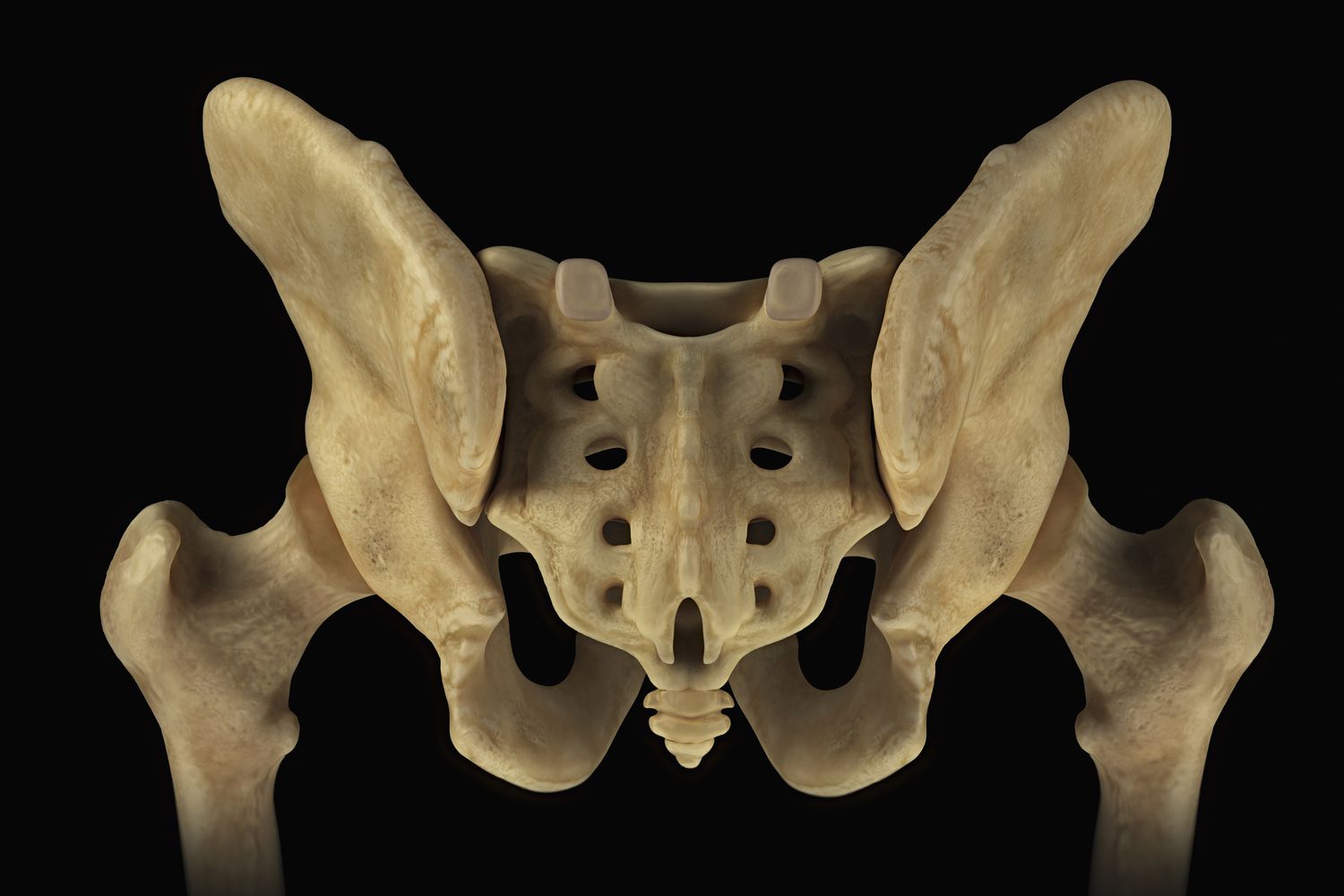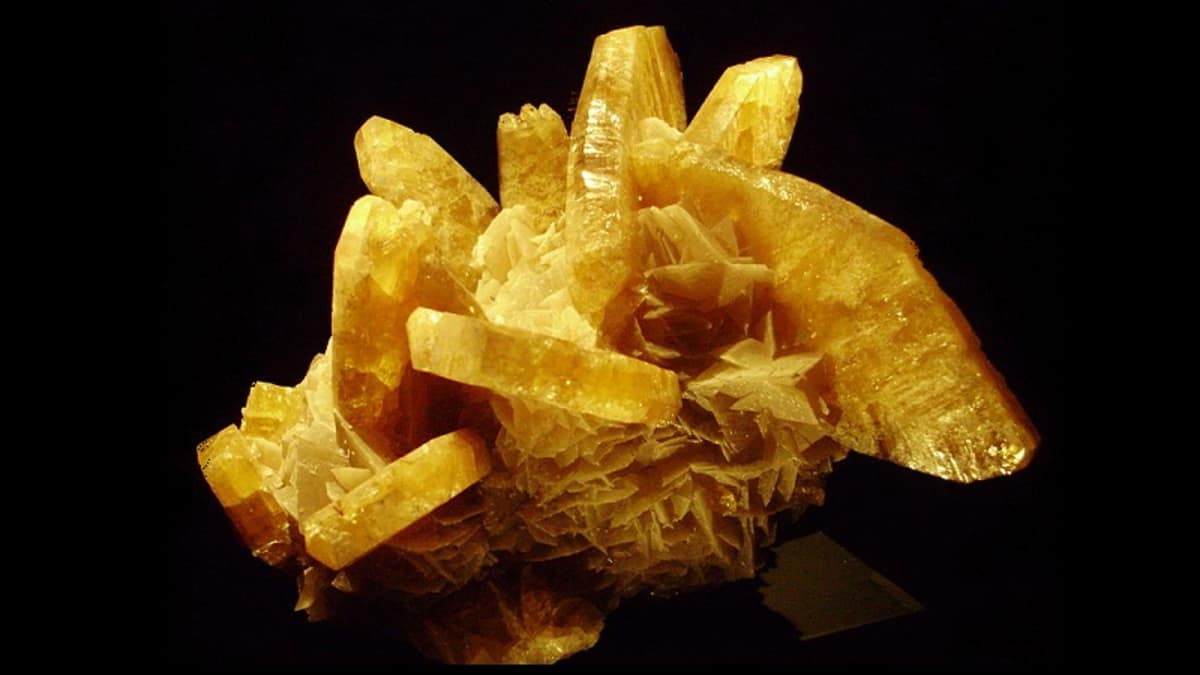
The sacral vertebrae, also known as the sacrum, are a fascinating part of our skeletal system. Located at the base of the spine, these five fused vertebrae play a crucial role in providing support and stability to our bodies. Despite its seemingly simple structure, the sacrum holds a treasure trove of intriguing facts that are worth exploring. From its unique shape to its connection to the pelvis, the sacral vertebrae have a significant impact on our overall well-being. In this article, we’ll dive deep into the world of sacral vertebrae and uncover 14 intriguing facts that will expand your knowledge and appreciation for this vital part of human anatomy.
Key Takeaways:
- The sacral vertebrae, or sacrum, are five fused bones that provide crucial support, aid in childbirth, and have unique shapes and landmarks, making them a fascinating part of the human skeletal system.
- The sacrum plays a vital role in transferring weight, facilitating childbirth, and providing attachment points for muscles and ligaments. Understanding these facts sheds light on the importance of our skeletal system.
The sacrum is located below the lumbar vertebrae.
Positioned between the lumbar vertebrae and the coccyx, the sacrum serves as a transitional structure in the spinal column.
It gets its name from its sacred association.
The term “sacrum” derives from the Latin word “os sacrum,” meaning sacred bone. This name reflects its historical significance and cultural reverence.
The sacral vertebrae are fused together.
Unlike the individual, movable vertebrae in other parts of the spine, the sacral vertebrae are fused into a solid triangular-shaped bone, providing stability and support.
It plays a crucial role in weight-bearing.
The sacrum helps transfer the weight of the upper body to the lower extremities, making it an essential structure for maintaining balance and stability.
Sacral vertebrae have unique shape variations.
The sacrum comes in various shapes, with some individuals having a more curved or tapered sacral bone structure than others.
Sacral vertebrae have distinct foramina.
These specialized openings on the sacrum allow for the passage of nerves, blood vessels, and ligaments that connect various parts of the body.
It houses the sacral canal.
The sacral canal is a central cavity within the sacrum that contains the sacral nerves and provides protection for these crucial nerve structures.
The sacral vertebrae articulate with the hip bones.
The joint between the sacrum and the pelvic bones forms the sacroiliac joint, which allows for limited movement and provides stability during activities such as walking and running.
The sacral vertebrae aid in childbirth.
The sacrum’s wide and curved shape helps support the weight of the upper body during pregnancy and facilitates the passage of the baby through the birth canal.
Sacral vertebrae show age-related changes.
As a person ages, the sacrum undergoes degenerative changes, including the formation of bony spurs and a decrease in bone density.
Sacral vertebrae can be affected by pathology.
Various conditions such as fractures, tumors, and infections can affect the sacrum, leading to pain, limited mobility, and other symptoms.
The number of sacral vertebrae is consistent in humans.
Unlike other variations in the vertebral column, the human sacrum is typically comprised of exactly five fused vertebrae.
Sacral vertebrae provide attachment points for muscles and ligaments.
Several important muscles and ligaments, such as the gluteus maximus and the sacrospinous ligament, attach to the sacrum, contributing to overall movement and stability.
The sacral vertebrae have unique anatomical landmarks.
These landmarks, including the coccygeal cornua and the superior and inferior articular processes, help anatomists identify and study the sacrum.
In conclusion, the sacral vertebrae, or the sacrum, are a fascinating part of the human skeleton. These five fused vertebrae play a vital role in providing structural support, aiding in weight-bearing, facilitating childbirth, and offering attachment points for muscles and ligaments. Understanding these intriguing facts about sacral vertebrae provides insight into the complexity and importance of our skeletal system.
Conclusion
The sacral vertebrae play a critical role in the structure and functionality of the human body. Understanding these intriguing facts about the sacral vertebrae can deepen our knowledge of human anatomy and the interconnectedness of our skeletal system. From the fusion of five vertebrae to create the sacrum to its role in supporting the weight of the upper body and providing stability to the pelvis, the sacral vertebrae are truly remarkable. Exploring how the sacral vertebrae interact with nearby structures such as the coccyx and the lumbar vertebrae further highlights their importance. Whether you’re studying anatomy, undergoing medical treatment, or simply curious about the human body, learning about the sacral vertebrae is both fascinating and beneficial.
FAQs
1. What is the sacrum?
The sacrum is a triangular-shaped bone that consists of five fused sacral vertebrae. It is located at the base of the spine, between the lumbar vertebrae and the coccyx.
2. How does the sacrum support the upper body?
The sacrum supports the weight of the upper body by transferring it from the spine to the pelvis. It acts as a strong foundation for the vertebral column, ensuring stability and balance.
3. What is the function of the sacral foramina?
The sacral foramina are small openings in the sacrum through which nerves and blood vessels pass. They allow for communication and transportation between the central nervous system and the lower extremities.
4. Can problems with the sacral vertebrae cause back pain?
Yes, issues with the sacral vertebrae, such as misalignment or degenerative conditions, can contribute to lower back pain. Consulting with a healthcare professional is recommended for accurate diagnosis and appropriate treatment.
5. Are there any exercises to strengthen the sacral vertebrae?
While specific exercises solely targeting the sacral vertebrae are not available, engaging in regular physical activity that promotes overall spine health, such as core strengthening exercises and proper posture, can help support the entire vertebral column, including the sacral region.
Exploring sacral vertebrae's intriguing facts is just the beginning of your spine-tingling journey. Uncover surprising lumbar vertebrae facts that'll make your back tingle with excitement. Dive deeper into the lower back's mysteries and discover 20 captivating tidbits. Can't get enough sacrum knowledge? We've got you covered with nine enigmatic facts about this fascinating bone.
Was this page helpful?
Our commitment to delivering trustworthy and engaging content is at the heart of what we do. Each fact on our site is contributed by real users like you, bringing a wealth of diverse insights and information. To ensure the highest standards of accuracy and reliability, our dedicated editors meticulously review each submission. This process guarantees that the facts we share are not only fascinating but also credible. Trust in our commitment to quality and authenticity as you explore and learn with us.


